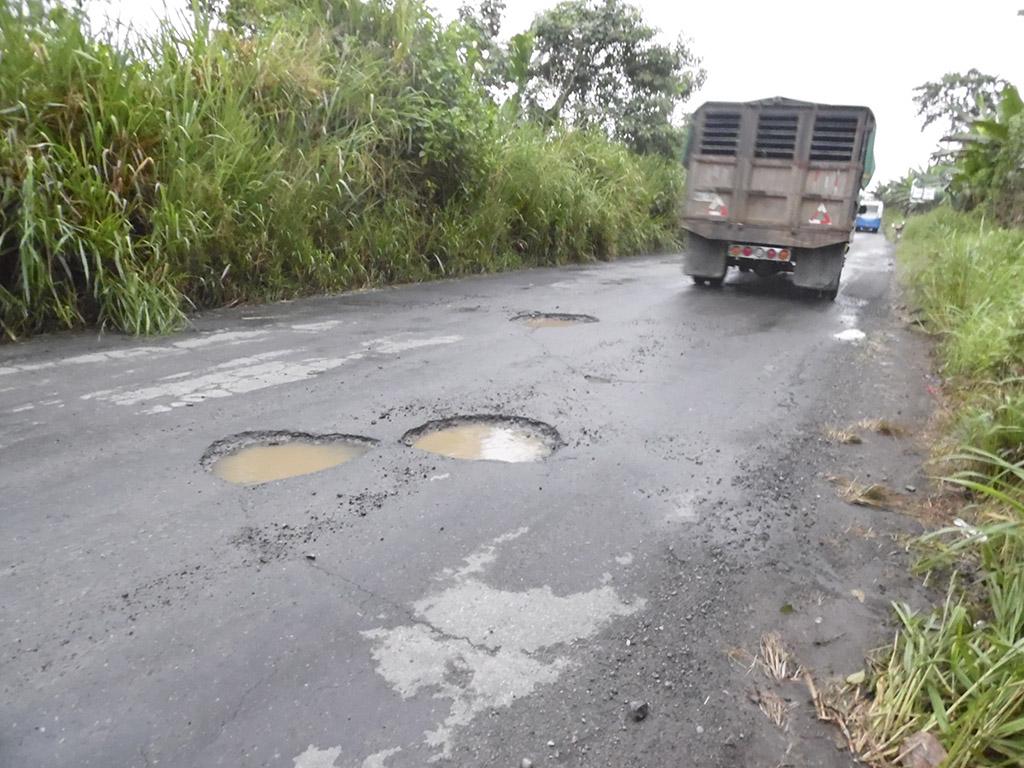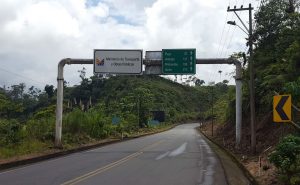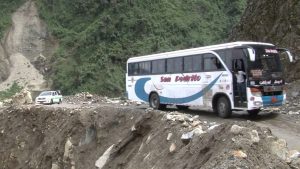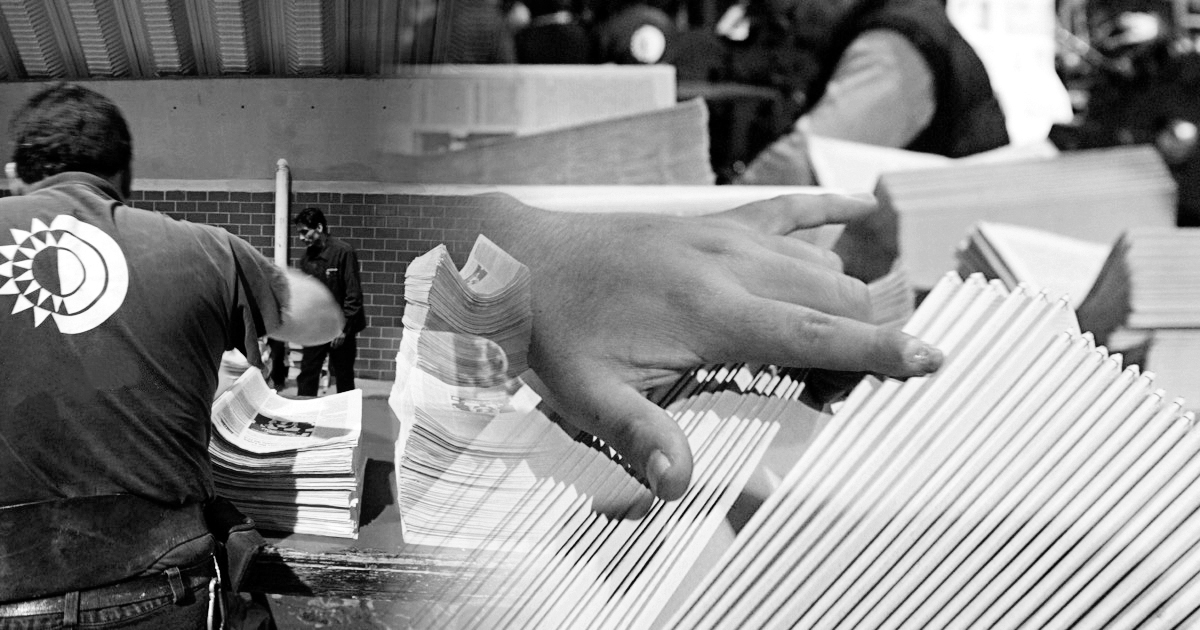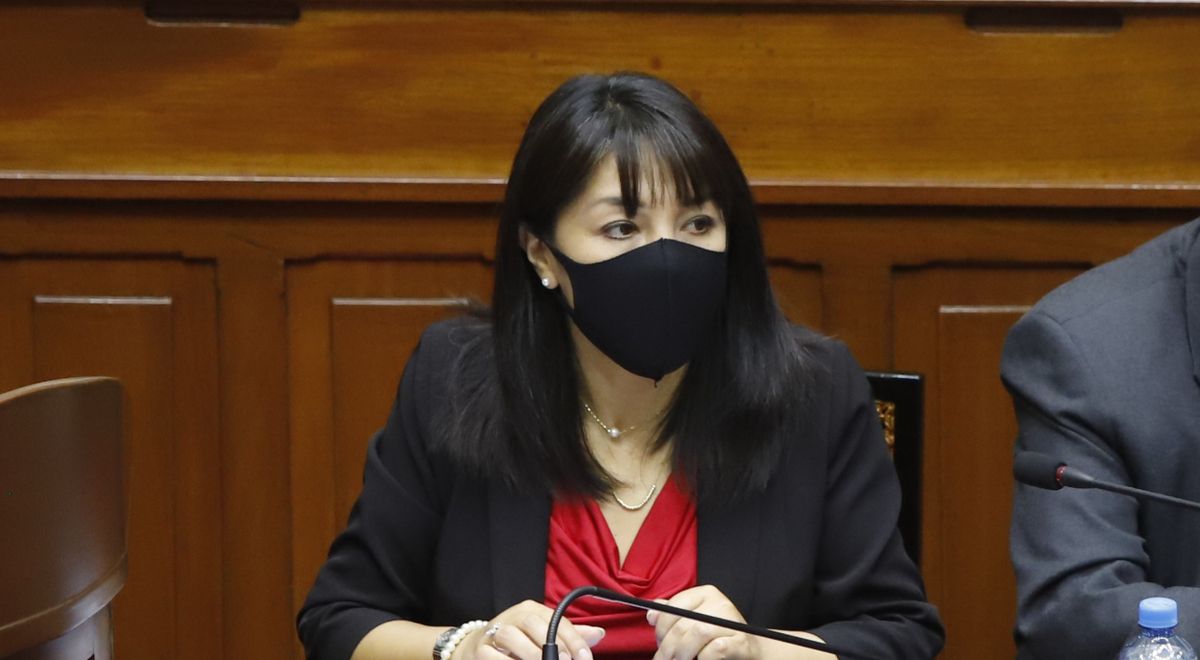More than $ 15 billion was allocated in the last 14 years, but most of the network is not even properly paved. Increasing investments are needed until the year 2040.
Between 2007 and 2017, despite the official publicity and the large sums of money that were invested, the network of roads in the country it did not improve substantially. 1,712 were asphalted kilometers of tracks, but 82% of that net it remained unattended and in conditions that, in the best of cases, did not even allow adequate transit permanently.
According to a latest report from the Development Bank of Latin America (CAF), during those years more than $ 1,500 million were spent a year, that is, more than $ 15,000 million in total.
99% of these resources came from the State (much of it via expensive debt). The contribution of the private sector, via concessions, did not exceed $ 64 million annually.
The focus was on the big roads like the Ruta Spondylus, on the Ecuadorian coast; the Amazon Trunk, which begins at the border with Colombia; the Troncal de la Sierra, and the Manta-Manaos Multimodal Project.
However, the quality of the plays it is low; so in a short time increasing amounts were needed to maintenance. The problem is that funding was never foreseen for that maintenance.
In addition, an analysis of the International Monetary Fund (IMF) points out that between 15% and 30% of that spending was lost to a combination of corruption and inefficiency. The mismanagement not only corresponds to the Central Government, but also to the local governments.
Growing infrastructure gap
Before the start of the Lenin Moreno government, the so-called infrastructure stock it was already low. Thus, they had $ 1,600 per inhabitant. The regional average reached $ 2,180; while the standards of developed countries stood at $ 12,890.
Low national standards have only gotten worse in the last four years, due to a lack of resources in the public sector has directly affected the investment, not only road but also in other types of works.
Guillermo Lasso’s administration seeks to reverse this situation through public-private partnerships. However, Rodolfo Domínguez, an international consultant in economic development, explained that the waste and corruption of previous years have meant that large amounts of resources are needed to cover the infrastructure gap.
According to the CAF study, Ecuador needs investments annual average of $ 3,600 million until 2040. This amount is necessary to cover the needs of the growing fleet.
In 2017, the country had 1.71 million vehicles of all types; but the number will reach 5.4 million in the next 19 years.
In addition, it is also indispensable around $ 800 million annually to maintenance of all infrastructure existing. Since Moreno, the budget available for maintenance did not exceed $ 300 million.
The cuts are kept for the 2022 budget, where only five cents of every $ 100 is destined for public works. (JS)
Bad investment results
- Wasted investment in infrastructure is one of the factors that explains why Ecuador has grown, on average, less than 1% of GDP since 2015.
- Almost $ 600 million was spent on the railroad, between 2012 and 2016, but the project generated losses of more than $ 160 million.
- Of an extension of 42,000 kilometers of roads in the country, only 7,398 kilometers are adequately paved.
The Government has seven priority projects in public works
During the recent ‘Ecuador Open for Business’ forum, the Minister of Transport and Public Works, Marcelo Cabrera, explained that seven priority projects have been determined to be awarded to the private sector.
The first on the list, which is expected to be delegated in 2022, are the South Viaduct (Guayaquil) and the rehabilitation of the railway. For the latter alone, an investment of $ 2.5 billion is needed to turn it into a profitable infrastructure that is not only used for tourism activities, but also for normal passenger and cargo transport.
Other projects in the pipeline are the Montecristi- La Cadena interport corridor; the Loja-Catamayo logistics corridor; the concession of the port of Esmeraldas; the Cuenca-Molleturo-El empalme road, among others.

